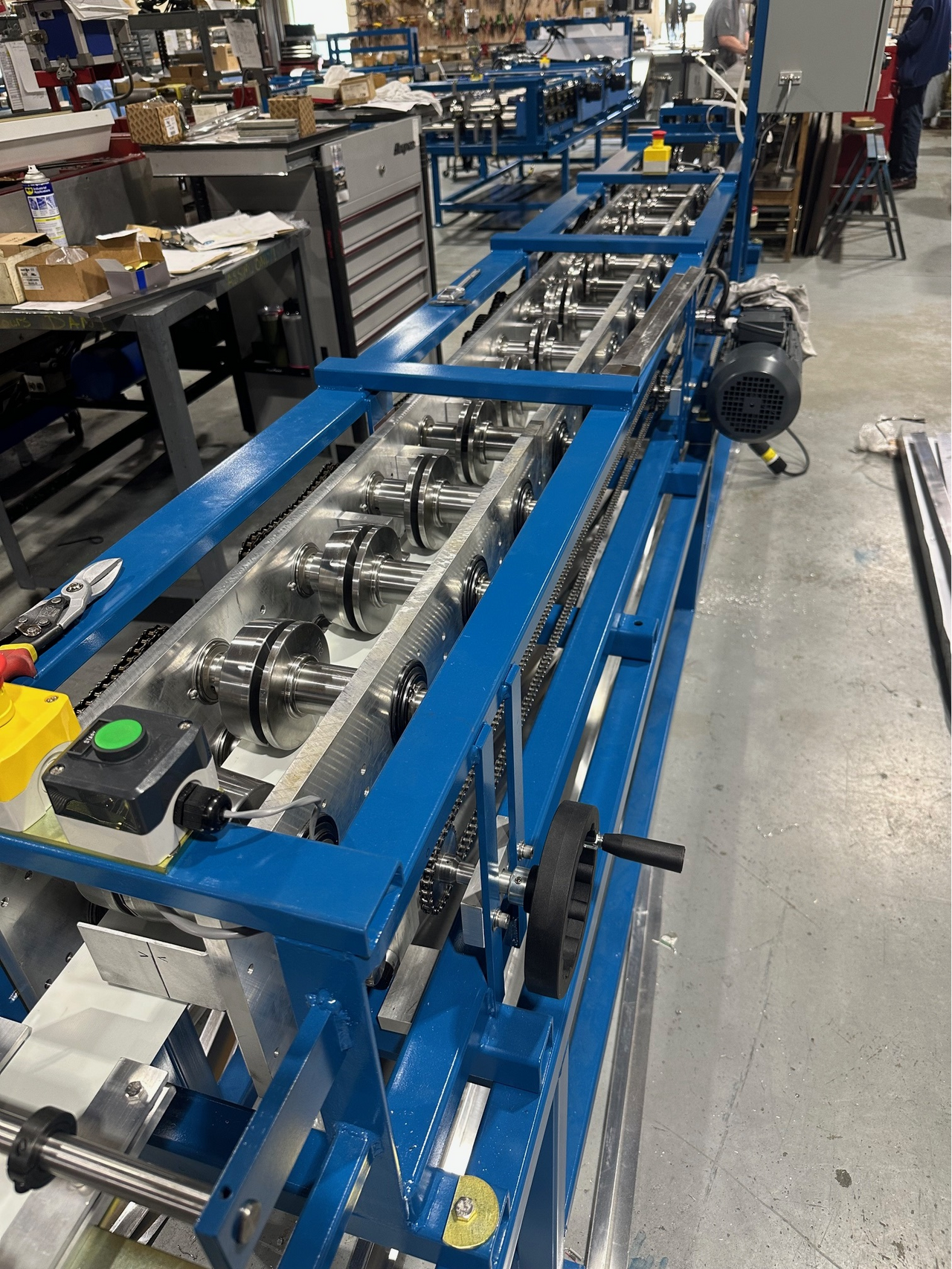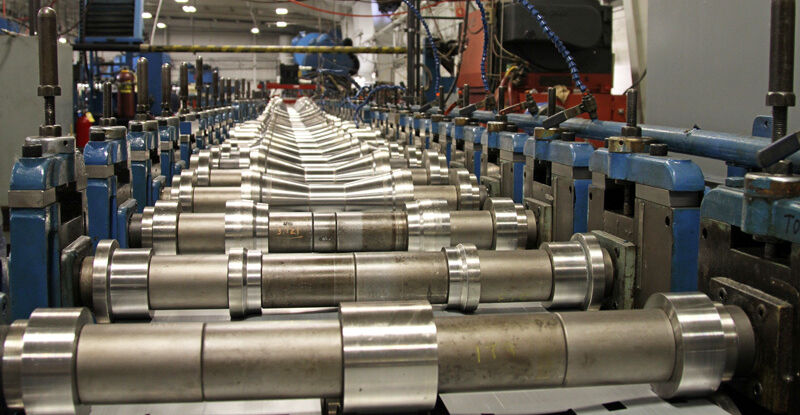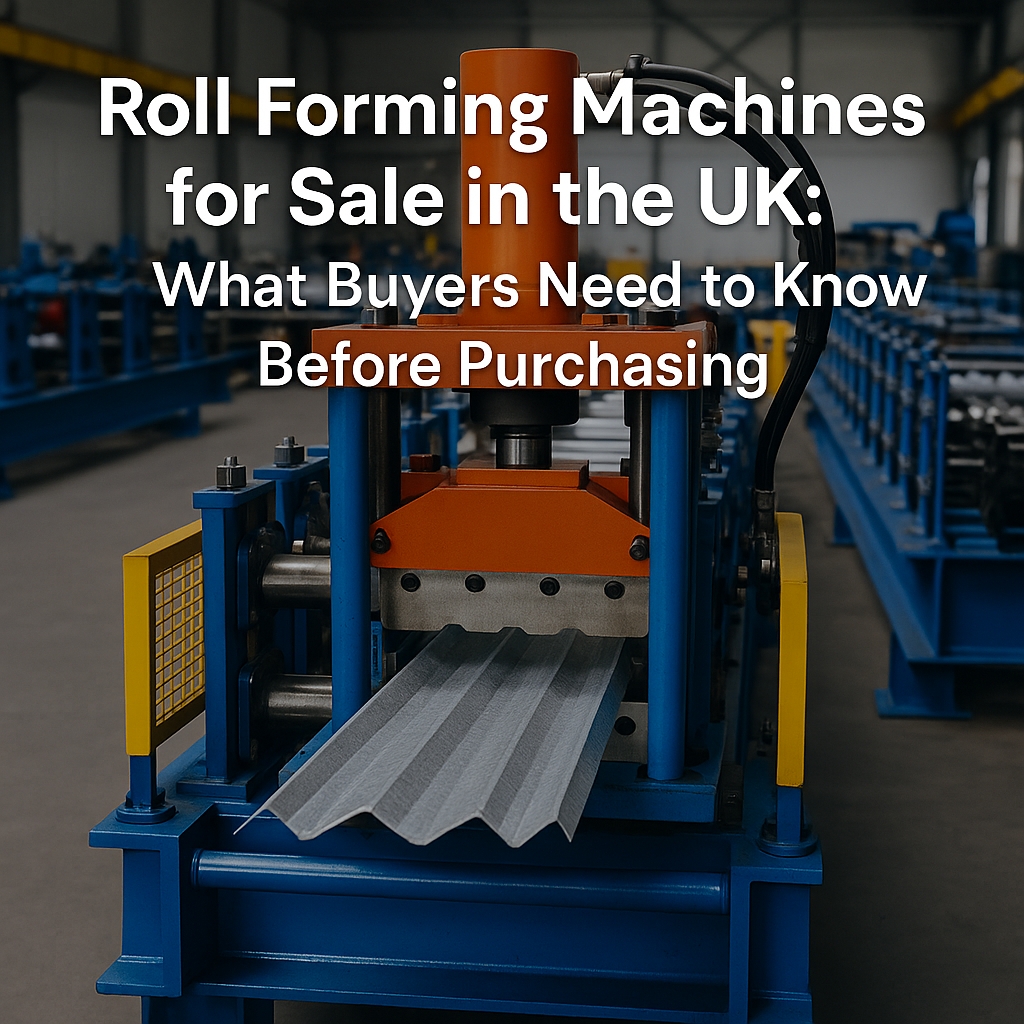
Posted on Monday, September 23, 2024
Here are some common types of metal roofing drip edges:
Each type of drip edge plays a critical role in preventing water damage and is chosen based on the roof’s design, climate, and material.
L-Style Drip Edge Drip Edge Roll Forming Machine
An L-Style Drip Edge Roll Forming Machine is designed to produce the "L" shaped metal profiles used in roofing systems. These machines are critical in manufacturing drip edges that help protect roof decks from water infiltration and damage. Here’s a breakdown of the machine’s features and benefits:
By using this machine, roofing manufacturers can efficiently produce large quantities of L-style drip edges with consistent quality and precision.
T-Style Drip Edge Roll Forming Machine
A T-Style Drip Edge Roll Forming Machine forms the "T" shaped drip edge, which has a raised central section for added water channeling. Features typically include:
Both types of machines can be customized to meet specific roofing requirements and can be equipped with features such as automated controls, material feeding systems, and precise cutting mechanisms to improve production efficiency.
Machine matcher specialise in matching your roll forming machine requirements with the perfect new or pre owned machine.
We partner with, and represent some of the finest roll forming manufacturers in the market. For more information and a free machine quote please contact us today or view all machines.

Most Popular Roll Forming Machines in the United Kingdom
Posted on Thursday, December 11, 2025
This blog breaks down the five most in-demand roll forming machines in the UK

Can I Finance a Roll Forming Machine?
Posted on Thursday, December 11, 2025
Financing a roll forming machine is easier than most buyers think. Here’s how leases, loans, and payment plans make production affordable.

Roll Forming Machines for Sale in the UK: What Buyers Need to Know Before Purchasing
Posted on Thursday, December 11, 2025
This complete guide explains everything UK buyers must know before purchasing, including machine types, voltage requirements, CE/UKCA compliance

Roll Forming Machines for Sale in the USA: What Buyers Need to Know Before Purchasing
Posted on Wednesday, December 10, 2025
This guide explains everything U.S. buyers need to know before purchasing a roll forming machine, including machine types, pricing, voltage
Copyright 2025 © Machine Matcher.